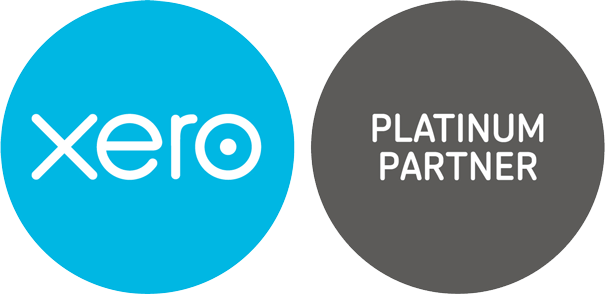News
PAYE Settlement Agreement can save time and costs
14 December 2021
For busy small businesses, a PAYE Settlement Agreement (PSA) offers a simpler alternative to pay your employees.
It allows you to make one annual payment to cover all the tax and National Insurance due on minor, irregular or impracticable expenses or benefits for your workforce.
According to HM Revenue & Customs (HMRC), if you get a PSA for these items, you will not need to:
- Put them through your payroll to work out tax and National Insurance
- Include them in your end-of-year P11D forms
- Pay Class 1A National Insurance on them at the end of the tax year (you pay Class 1B National Insurance as part of your PSA instead).
Why go for a PSA?
The scheme may allow you to cut back on paperwork and administration if you are forever totting up minor taxable expenses, such as employee entertainment, birthday presents, or incentive awards.
You will no longer have to put these expenses through your employee’s payroll, pay Class 1A NICs on them (you’ll pay Class 1B NICs through your PSA), or include these expenses in forms P9D and P11D.
The expenses categories of the settlement agreement include:
Minor expenses
These could be birthday presents, health club memberships, expenses deemed to be personal yet incidental, or even a present, flowers, or a voucher should an employee fall ill.
Irregular expenses
These could include:
- Relocation expenses over £8,000 (these are tax-free below £8,000)
- The cost of attending overseas conferences
- Use of a company holiday flat.
Impracticable expenses or benefits
These are expenses are things that are difficult to place a value on, or divide up between individual employees, but could include:
- Staff entertainment that is not exempt from tax or National Insurance Contributions
- Shared cars
- Personal care expenses, for example, hairdressing.
How to apply
You will need to contact HMRC, with a description of expenses you believe are covered.
Once they’ve agreed on what can be included, they’ll send you two draft copies of form P626. Sign and return both copies. HMRC will authorise your request and send back a form – this is your PSA.
You’ll need to report anything that cannot be included separately using form P11D. You do not need to send a P11D if you’re paying employees’ expenses and benefits through your payroll.
Use form PSA1 to help you calculate the overall amount you’ll need to pay, otherwise, HMRC will calculate the amount and you will be charged more if this happens.
Send to HMRC as soon as possible after the end of the tax year. They’ll get in touch with you before 19 October following the tax year that the PSA covers to confirm the total tax and National Insurance you need to pay.
You’ll need to give an agent a signed letter of authority to make a PSA on your behalf if they do not have the authorisation to do so.
Case Studies
-

Smiles all round for dental practice
-

A shared passion for architecture and a head for numbers
-

Cut above the rest in personal management style
-

Customer care is top of the list for packaging business
-

Sometimes a business does exactly as it says on the tin
-
Child's play with proactive accounts management
-

A taste for growth, a thirst for knowledge
-

A modern approach required for music moguls
-

Taxing demands with old school charm


